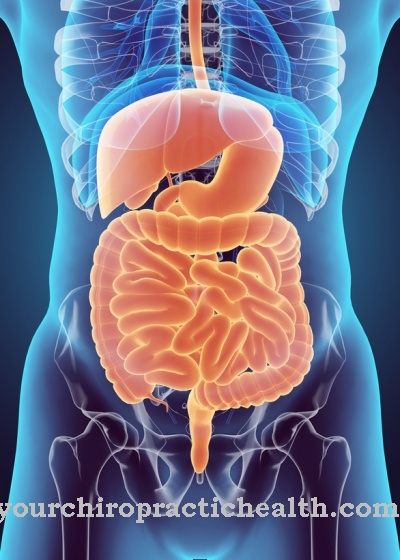At Meningococci it is bacterial pathogens that are transmitted from person to person by droplet infection. The pathogens can cause serious illnesses - however, an outbreak of illness does not always have to occur. The meningococcal bacteria that cause diseases are medically classified under the group Neisseria meningitidis.
What are meningococci?
Meningococci are often found in the nasopharynx without posing any immediate danger. The bacteria have different capsule properties and are medically divided into twelve categories.
The capsules that surround the bacteria are tough and cannot be destroyed by the immune system. Meningococcal pathogens of types B and C predominate nationwide - the bacterial microorganisms are divided into corresponding serogroups because they have common properties. There are well-tolerated vaccines against type C, which is widespread in Germany, that can be administered from infancy and early childhood.
Diseases that are caused by meningococci are notifiable according to the Infection Protection Act, which also applies to suspected cases. Reporting to the health department protects family contacts from the outbreak of an infection, as the treating doctor will prescribe antibiotics against meningococci as a preventive measure.
Meaning & function
Between infection and outbreak of a through Meningococci caused infectious disease can pass 2 to 10 days. First of all, those affected feel symptoms that are similar to a severe flu-like infection, such as chills, headaches, dizziness, high sensitivity to light or vomiting.
An alarming sign, the stiff neck, however, indicates a serious illness, meningitis - also that the course of the disease then worsens considerably within a very short time. Since this can lead to extremely severe courses, the mortality rate is also relatively high. Early detection of the types of disease caused by meningococci is therefore important for successful healing.
Vaccines as well as antibiotics, which are administered to close contact persons by the sick, offer reliable protection. Anyone who is affected by an infection caused by meningococci can develop meningitis, medically meningoencephalitis, as well as blood poisoning, sepsis. Infants, toddlers and young people are at risk of developing meningococci, especially in the winter months and spring.
The disease can be transmitted by people of all age groups, as the pathogens can temporarily be present in the throat, where they are usually kept in check by the body's own immune system. It has not yet been scientifically clarified why the pathogens, which do not pose a threat to most people, can lead to serious illnesses in individual cases.
It is believed that a weakened immune system can promote the outbreak of a disease caused by meningococci, which is why children under the age of 5 are particularly at risk. Outside the human body, however, the meningococci lose their strength within a very short time.
Diseases
As soon as Meningococci cause one of the two diseases, sepsis and meningitis, this can lead to serious courses.
Meningitis caused by meningococci occurs less often than one caused by viruses - the bacterial pathogens, on the other hand, are much more dangerous, so this form of meningitis is immediately classified as an emergency. Immediate treatment by a doctor with the appropriate therapy is crucial for a quick recovery of the patient. In babies and young children, meningococcal disease can be identified by apathy, paleness, loss of appetite, vomiting, bulging of the fontanel, fever, irritability, and crying or whimpering.
Punctiform, reddish skin bleeding can also be one of the external signs of meningitis. If a single outbreak of meningitis occurs, kindergarten or school operations can continue without closure, since preventive treatment with antibiotics protects people with direct contact.
Symptoms of sepsis can occur at the same time as meningitis, which can lead to severe, septic shock. This course of the disease is medically known as Waterhouse-Friderichsen syndrome, which can be recognized by a characteristic rash in those affected at an early stage. Blood vesicles that can form on the feet and hands are also among the external symptoms of meningococcal sepsis.




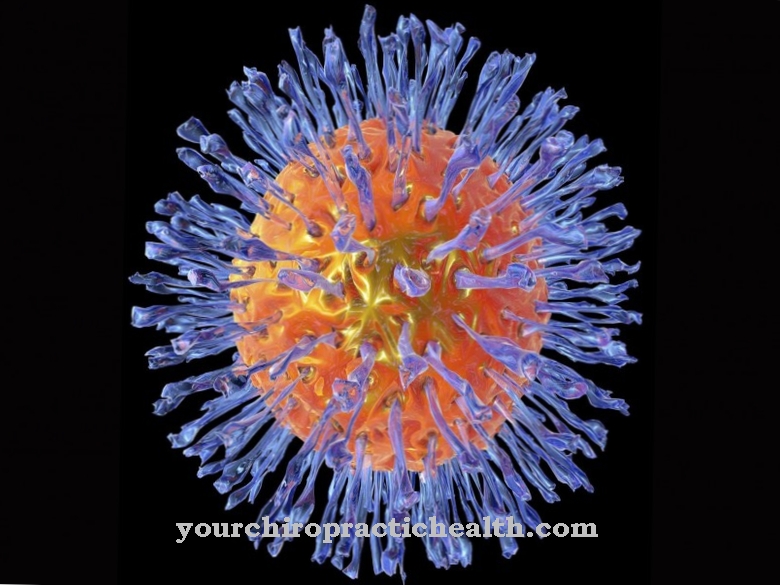

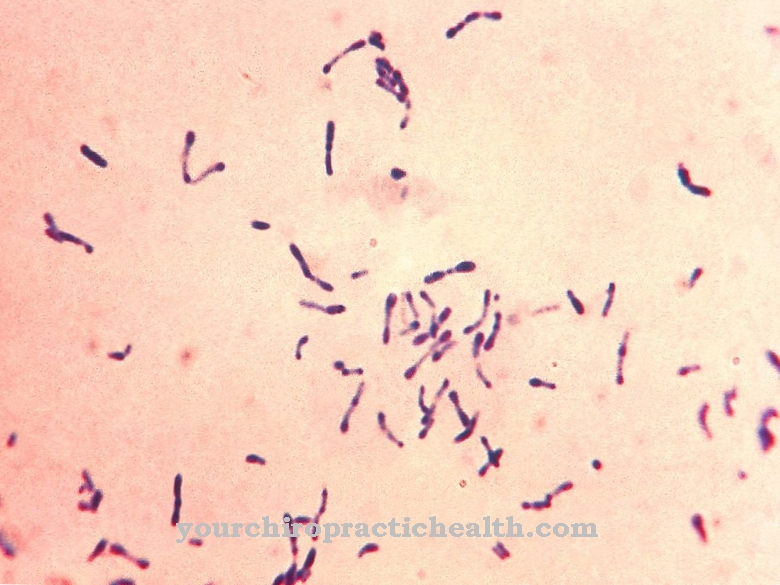



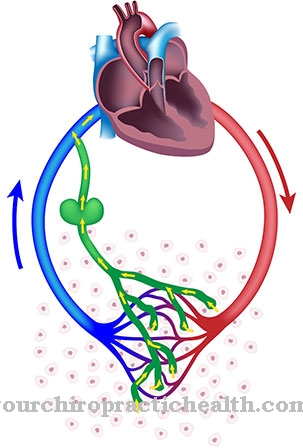
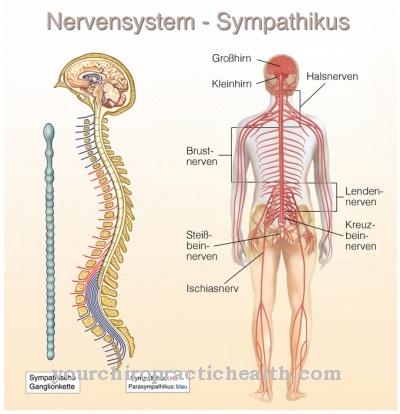





.jpg)


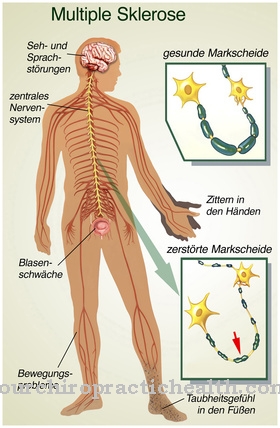
.jpg)
